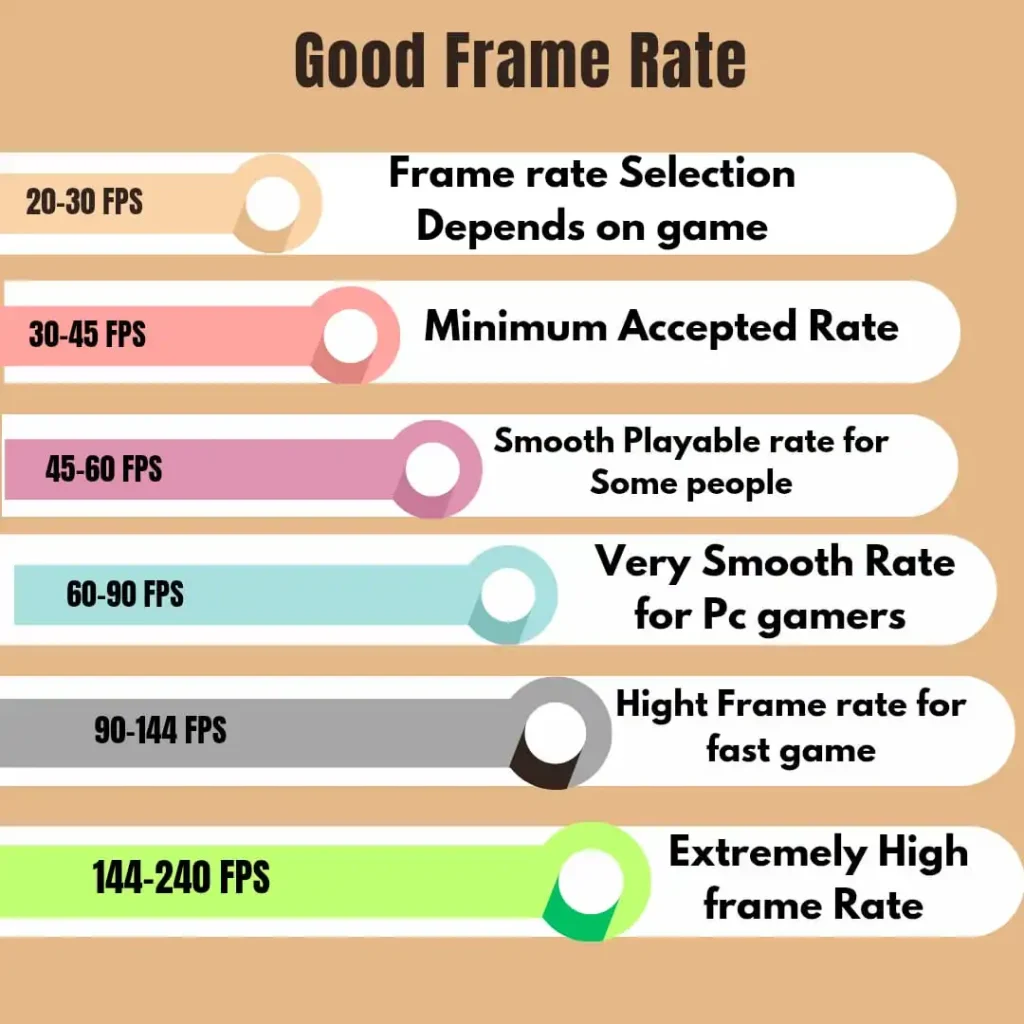Are FPS calculators completely accurate? Are there software updates that can enhance FPS? Could you Understand the Impact of CPU, GPU, and Memory Bottlenecks on FPS? How to Optimize Your System for Smoother Gaming? Further, we will discuss the common issues affecting FPS and provide optimization solutions.
Discover the optimal gaming performance. Select a game from the list, input your system details, and get an estimated FPS-based count data on your configuration.
Analyze your computer’s hardware. Try this complimentary calculator to estimate achievable frame rates in various games. This tool also defines potential performance bottlenecks and helps you upgrade systems for seamless gaming.

FPS Calculator – Get Accurate FPS Results for Any Game or Device
A framework per second(FPS) calculator is a more helpful tool. It helps to determine the system’s ability to display frames per second. Also, it considers factors like CPU, GPU, RAMand resolution, and its predicted analyzed frame rate for gaming and some applications. Also, evaluate several hardware configurations for the gaming process.
How do FPS (Frames per second) calculators work?
FPS calculators (Frames Per Second) work by analyzing extensive databases containing performance records for various CPUs and GPUs. This data reveals how different hardware configurations perform with specific games or applications.
To determine the frames per second (FPS), divide the total number of frames rendered by the time taken to process them. For instance, if a system processes 200 frames in 4 seconds, the FPS calculation would be:
FPS= Time in SecondsTotal / Frames Rendered
To applying formula:
FPS= 200 frames / 4 seconds =50 FPS

Are FPS calculators completely accurate?
While FPS calculations provide valuable tools, they don’t offer exact prediction; instead, this tool gives us estimated better performance based on available data.
The accuracy of this calculator is affected by two primary challenges.
System Variabilities: Benchmark results can vary due to some factors. Small changes in your system, temperature changes, outdated drivers, etc, so that’s why these changes can make fps calculators less accurate.
Data Inconsistencies: Data of this tool used an extensive collection of FPS data from many sources. These errors and inconsistencies could inaccurately create the calculator’s result and reflect real-world performance.
Many calculators use AI-driven models to analyze data. These imperfect models can miss some essential factors and affect systems performance. FPS calculates can fluctuate based on the game or application being tested and some System Setting Differences, including resolution, graphics quality, and CPU and GPU capabilities.
Shortly, this tool provides helpful estimated results but is not 100% results. But for an accurate performance assessment should be testing specific hardware settings in actual use.
What is the best FPS?
The higher FPS rate for smooth gaming is 60; it’s a popular benchmark, but top-tier systems with powerful hardware can reach even higher frame rates. The best frame rate depends on your monitor’s capabilities and personal taste.
At least 30 FPS is important for older displays, as anything Lower can result in stuttering, screen tearing, and input lag. A stable frame rate gives a smoother result and a more joyful one.
How many FPS can we achieve?
FPS calculators work by analyzing extensive databases of performance records for various CPUs and GPUs. This data reveals how different hardware combinations perform with specific games or applications. Using this information, FPS calculators provide the expected performance of a particular hardware setup. However, keep in mind these estimates do not always match real-world results due to variables like system optimizations, driver updates, and in-game settings.
How CPU, GPU, and Memory Bottlenecks can Affect FPS
Bottlenecks occur when one factor in a system constrains overall performance, leading to lower FPS and a less smooth gaming experience. Causing lower FPS and minimum enjoyable gaming experience.
CPU Bottleneck
Effect on FPs: When games rely heavily on the CPU may result in lower frame rates can occur, limiting processing power, outdated CPU architecture, or excessive background processes.
Signs of CPU Bottleneck: The low frame rate may create signs of freezing and stuttering.
GPU Bottleneck
Effect on FPS: A weak GPU struggles to render graphics efficiently, causing frame rate drop down. The reason can be outdated GPU or lower-end. Unoptimized drivers and graphics settings are inaccurate.
Signs of GPU Bottleneck: This may result in Lag, screen tearing, slow texture loading.
Memory (RAM) Bottleneck
Effect on FPS: Insufficient RAM can lead to slower performance down. Due to this, insufficient RAM, slow memory speeds, or resource-intensive background applications can be affected.
Signs of RAM Bottleneck: Signs of a RAM bottleneck include stuttering, sudden FPS drops, and long load times, especially in large open-world games.
If your CPU, GPU, and RAM are all slow, these Multiple Bottlenecks Affect FPS and severely impact gaming performance. FPS can drop drastically.

Some Reasonable Frame Rates
Here, we determine some reasonable frame rates.

To summarize the discussion, FPS calculator used a mix of benchmark scores, large databases, and AI models to vary system performance and identify potential bottlenecks. However, CP, U, GPU, and RAM create a bottleneck that affects FPS. To optimize gaming performance, identify these bottleneck issues. Understanding the upgrading hardware components, adjusting system settings, and using framework calculators can help get a better gaming experience.
